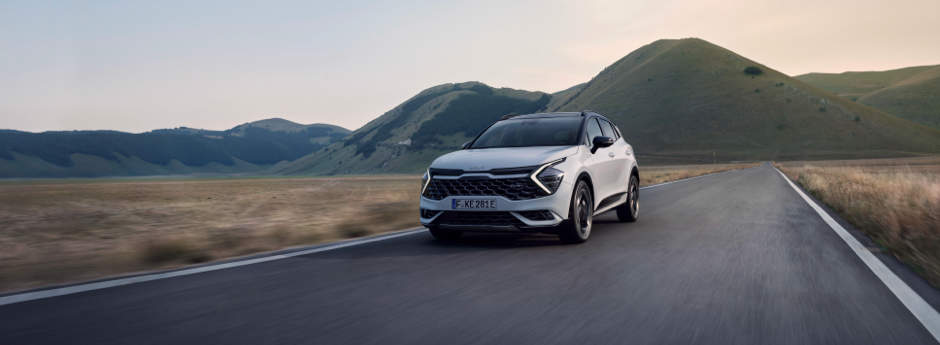If you purchased a Kia in 2017 showing the old NEDC system, you may find that the same car released later with the new WLTP states higher levels of CO2. This is due to the stricter and more thorough nature of the new testing system. However, to avoid confusion, cars released during the interim period will still be sold showing the back-translated NEDC figures to make data more comparable. Another point to note, the tests will not affect actual fuel consumption, but they may show higher CO2 values due to the stricter measuring.


